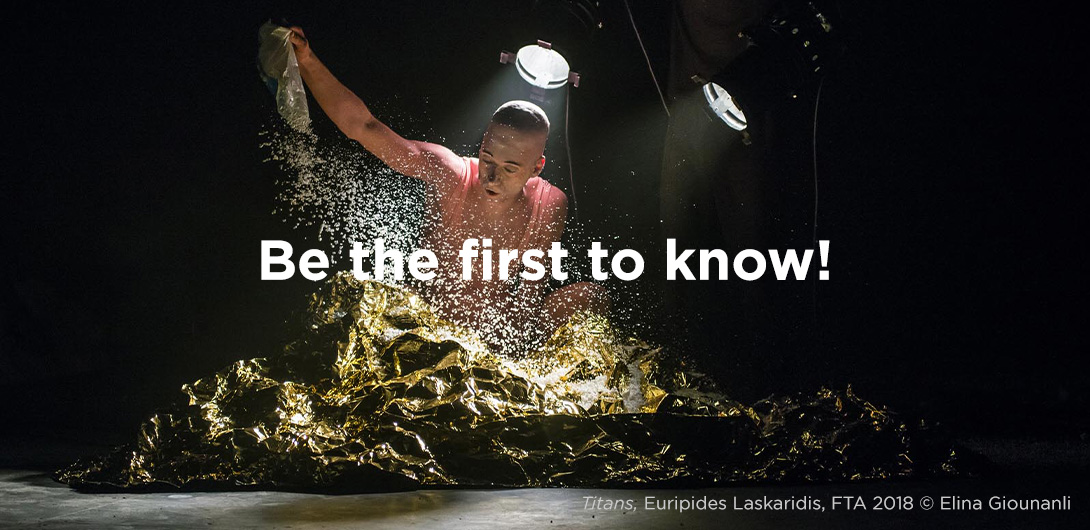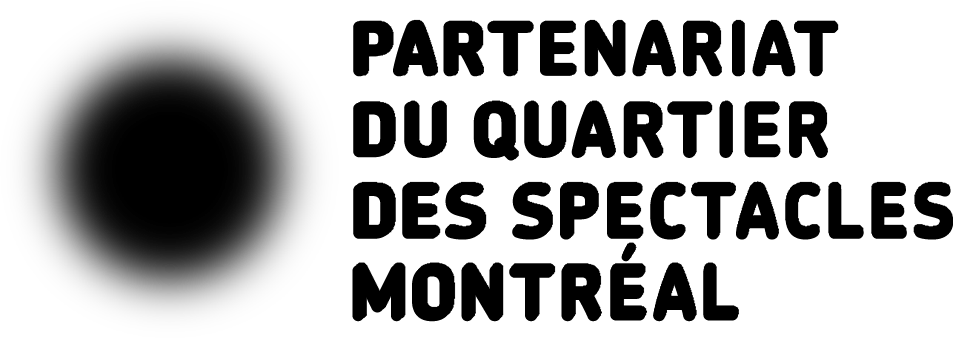Nehanda is a revered ancestral spirit, it is also a story of resistance and injustice. Was there a way you had to prepare the creation and this presentation of this piece to honour the history of the Shona people?
My entire body of work and philosophy is Africa-focused. I am grateful that, now that I partially moved back to Africa, I have an opportunity to be on something more useful other than just calling it home. Something that I could share with others in that community and with the world, or at least being able to broadcast a great deal of what we do in the southern atmosphere.
To do Nehanda, I found myself needing a much more immersive re-education than just a return to Africa. In Zimbabwe, I’ve been working with a cultural and spiritual master, who in my context is a svikiro. They are born to hold and share culture, whether it’s through language or movement or sound and spirituality. The whole company is committed to working with and understanding the ways in which western education does not open doors to the whole beingness of what it is to be an African. I understand how much work needs to be done in this quest for decolonizing knowledge and because Nehanda is the spirit of the country, there was no way I was to take such an important subject matter without the support of others who know more than I do.
Nehanda is presented as an opera. Why is that?
There is no easy way to answer that because the rebuttals that I get from audiences who only understand opera to mean Puccini or Wagner are quite immense and I got exhausted to fight that expectation. Is there a need to have a famously named composer, singer and designer for it to become an opera? I refuse to explain myself regarding the history of opera, because truly, opera simply means a work told in sound. And that is what we do.
I will not work with a composer because we compose the artwork as the group, and as the sound needs to grow it will emerge from us. Part of my continued push to call Nehanda an opera is to also ask a thinking public to think. Nehanda is happening after Einstein on the Beach (Philippe Glass, Robert Wilson, 1975) and some people might want to dismiss it as a musical but I think that is just ignorance. We bring instrumentation that is new to the world of music, ways of vocalizing that are highly technical, and if people are generous enough, they would lean into this space of an opera with an open heart an open mind. It does not help anybody not to consider Nehanda as an opera.
There is a politically incorrect saying that goes It is not over until the fat lady sings, and I decide to deliver Africa as the fat lady.
As the creator, how would you like the audience to experience Nehanda?
The best way to experience any work is to show up and surrender to the invitation. Then we are commuting with each other, we are having these multiple dialogues: between the bodies in proximity to each other, between God and the humans on Earth, between the architecture of the space and the people moving in it. In Nehanda, if you don’t understand the languages that are spoken, you might think that it is an English-language work, but it is not. I feel that Nehanda is not translatable. I want the sonic frequency to be the language. If you can listen to the frequency, you could feel and if it goes to your heart than you’d have heard. The spectators are smart and will find ways to enter this complex dialogue.
For Nehanda, we ask that the audience be in the same space and on the same level as the artists. We are in the space with each other as humans. Frequently, we are not allowed to present in these conditions, but it is necessary. We must be on the same space, on the same level. Feeling is a fact and by not ceding to the reason of making a work relevant because people understand the words that are said, we take a step towards decolonizing the theatre space, and the classic western way does not seem to me like an acceptable way to present oneself. We are in fellowship and I’d rather not reproduce the hierarchy.










